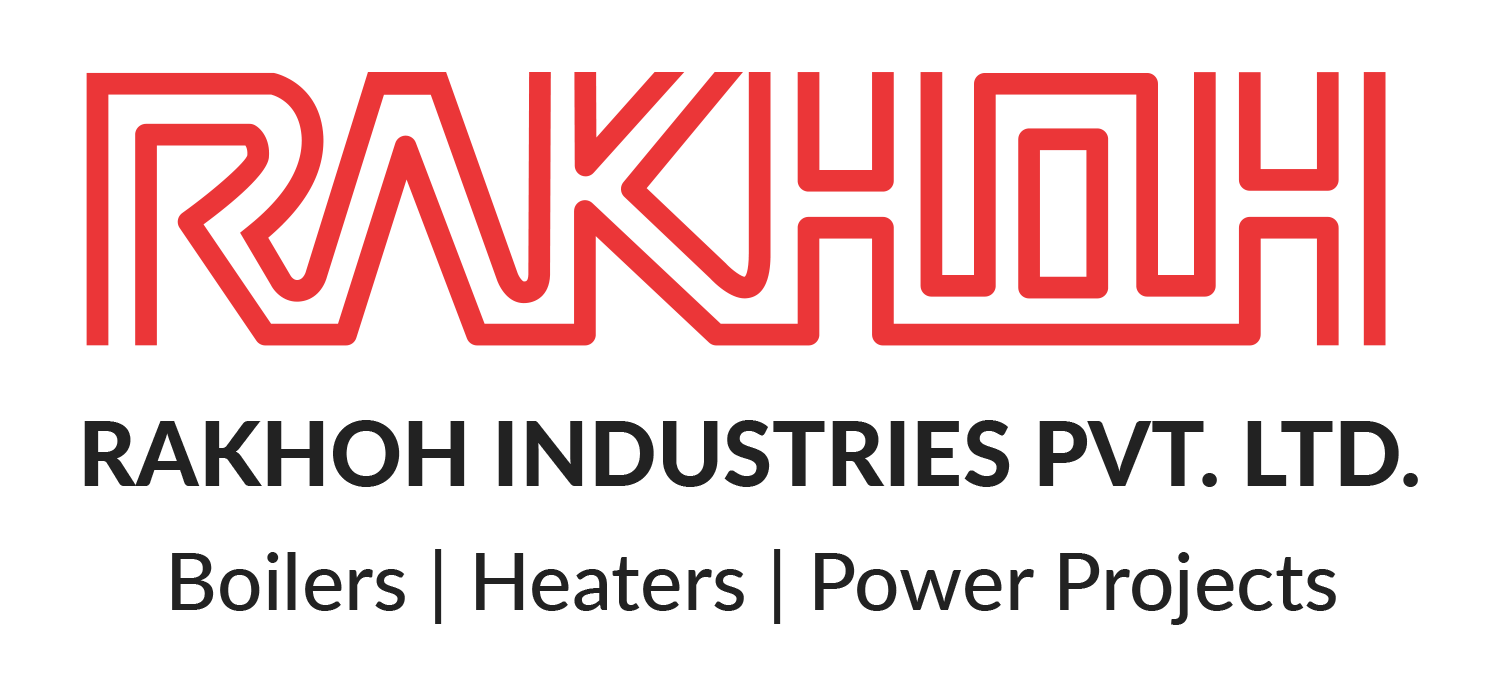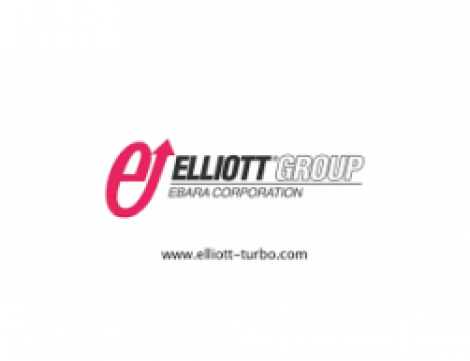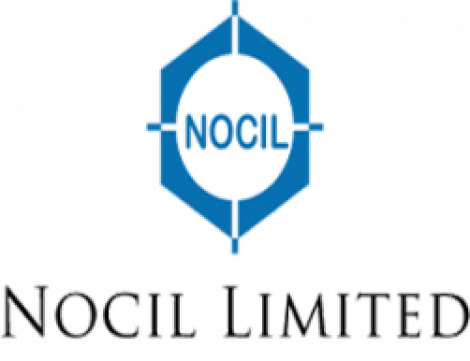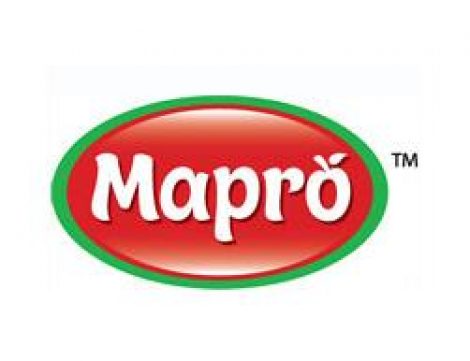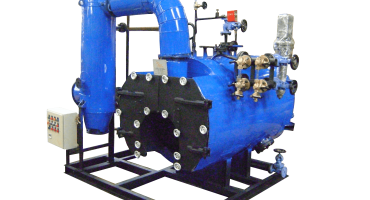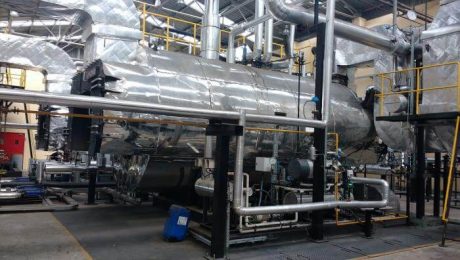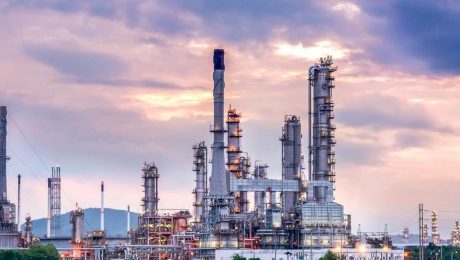Priming and Foaming in Steam Boilers | Causes, Effects, and Prevention
The manufacturing and process industries throughout the world require steam boilers for processing operations. Steam boilers are undoubtedly irreplaceable equipment in the industries for heating, drying, and sterilization purposes. Plant managers ensure that the boiler systems are functioning smoothly and delivering optimum productivity. Regular maintenance and following standard guidelines are important to ensure the safety of the process plant and hassle-free operations. However, some boiler problems are inevitable and require prompt action to avoid significant losses or harm. Among many issues occurring in steam boilers, priming and foaming are the two most commonly found boiler problems. Let us understand both concepts in detail.
Priming:
As the steam boiler generates steam rapidly, some water particles are carried along with the steam. The process of formation of wet steam is known as priming. Due to the carryover of water droplets in the steam, the energy efficiency of the steam is reduced. It leads to salt crystals deposition on the superheaters and turbines. Improper construction of steam boilers, sudden fluctuation in steam demand, and excessive ratings are some of the primary causes of priming.
Minute drops entrainment is unavoidable in steam boilers. If the boiler water carryover is excessive, it results in steam-carried solids producing turbine blade deposits. The composition of the deposits is similar to the dissolved solids in the boiler water. Since priming is a major cause of the high level of boiler water carryover, it consequently leads to the failure of superheaters. Priming takes place due to the viscosity of water and its possibility of foaming. These properties depend on the alkalinity, presence of organic substances, and total dissolved solids or TDS. The level of priming is related to the design of the steam boiler and the steaming rate.
Priming leads to the deposit formation in the valves that causes overheating and corrosion in superheaters. It affects the heat transfer that results in low quality of processed product, higher level of steam consumption, and lowers the overall lifecycle of the steam boiler system.
Causes of Priming:
Effects of Priming:
Prevention for priming:
Ensuring chemical presence in the boiler water does not exceed the required amount
Foaming:
Foaming is the unrelenting formation of bubbles or foam in the steam boiler that does not cease easily. It is caused due to the oily substances in water that reduce the surface tension in the boiler water. The contamination of the steam with solids in boiler water causes water carryover. The froth or bubbles formed at the surface of the boiler passes out with the steam. The phenomenon, known as foaming, is caused by a high concentration of solids present in the boiler water. It has been found that particular substances such as alkalis, fats, oils, grease, and specific types of organic matter are specifically instrumental in foaming.
In addition, the suspended solids accumulated in the surface film that surrounds the steam bubble result in a persistent deposition. It leads to resistance in the bursting of a steam bubble that builds up foam. It has been observed that finer suspended particles accumulate on a higher level in the bubble.
Causes of Foaming:
Effects of Foaming:
Prevention of Foaming:
Introducing anti-foaming agents such as castor oil, tannic acid, gallic acid, etc.
Administrating compounds like sodium aluminate for eliminating oil from the boiler water
Since 1983, Rakhoh Boilers has emerged as a trusted boiler manufacturer in Pune, delivering efficient and reliable industrial steam boilers in over 26 countries globally. We manufacture superior quality products like steam boilers, waste heat recovery boilers, thermic fluid heaters, and boiler accessories. We are renowned for our excellent after-sales services like energy audit, boiler automation, steam trap assessment, annual boiler maintenance, etc., to ensure the hassle-free efficiency and productivity of the steam boilers.
To learn more about our products and services, visit www.rakhoh.com
- Published in Boiler, Steam Boiler
An Overview of the Various Controls in Steam Boiler
Every process industry requires an efficient steam boiler to ensure seamless operations and maximum productivity in the plant. However, every steam boiler comes with a set of peculiarities. Two boilers designed by the boiler manufacturer at the same time have unique qualities and special tuning issues. Therefore, regular monitoring of every component of the steam boiler is imperative for hassle-free process operations. Controls in steam boilers can be explained with the various controls in steam boilers leading to optimal productivity from the fuels fed in the system. Let us learn about the controls of the steam boilers in detail,
Operator Control:
The operator’s station in the control system is known as a master or as a hand/auto station, control station, or operator station. The station is the operator interface for a specific control loop and usually, a switch located on the control panel in outdated plants or accessible from the operator’s station with the equipped, all-digital controls. Generally, the control station allows the operator to function interchangeably between manual and automatic modes of operation. All the control loops discussed combine to form the set of controls to manage the key steam boiler operating functions.
As a control loop is in manual mode, it allows the operator direct control of the output. In automatic mode, the output is modulated by the proportional-integral-derivative (PID) controller. The operator usually has control over the setpoint or operating point of the process, either directly or through using a signal. In some instances, such as in primary airflow control, the setpoint is shown on the controller located on the control panel or the computer screen graphic display. The cascade mode is a subset of the automatic mode, allowing the operator to turn over control of the setpoint to the master, with internal logic generating the set point.
Furnace Pressure Control:
Furnace pressure control is simple but also one that has important safety implications. Steam boilers use induced draft (ID) fans or inlet dampers to control boiler furnace pressure. The general control system consists of one controller that compares the difference between the furnace pressure and the furnace pressure setpoint using a signal usually based on forced draft (FD) fan master output. The output from the controller is usually fed through an ID fan master control station.
It is also essential that there should be high and low furnace pressure logic to stop the ID fan from increasing or decreasing speed, as required. On a negative furnace pressure signal, an override closes the ID inlet damper or decreases ID fan speed is required. The settings of these signals are decided by the boiler and fan supplier while designing the system. A well-tuned system can maintain furnace pressure to – 0.5 inches H2O.
One of the common mistakes performed by steam boilers tuners is using the quick integral action to the furnace pressure controller. Furnace pressure changes quickly, but not immediately. Therefore, it is crucial to consider the furnace size, the amount of ductwork between the furnace, and the fans as a condenser in the system as the air is compressible.
Airflow and Oxygen Trim:
Usually, the FD fan master only controls the airflow. However, some steam boilers are designed with secondary airflow dampers to control the airflow. Air and O2 control is crucial for the safe and efficient operation of the steam boiler. The airflow signal is measured in terms of a percentage and is usually not available in volumetric or mass flow units. With variations in coal heat content, air temperature, and combustion conditions inside a boiler, proper burning is ensured by measuring the amount of oxygen content in the flue gas, commonly referred to simply as O2.
Drum Level and Feedwater Control:
Drum level control uses a cascaded controller scheme involving an outer and an inner controller. Steam flow indicates the rate at which water is removed from the drum. Steam flow is used as a feedforward to the outer controller. The fault in the drum level is operated by the outer controller. The output of this controller is the feedwater flow set point with the output from the controller used to modulate the feedwater flow control valve.
Feedwater is fed into the drum via a series of valves in parallel with a series of constant-pressure feedwater pumps. If the feedwater level in the drum is excessive, the water becomes entrained in the steam passing the turbine, causing hazardous results. If the drum feedwater level is too low, the drum itself becomes overheated, resulting in damaging consequences.
Superheat Temperature Control:
Superheated steam temperature control is simple, with steam exiting the drum and passing through a primary superheater before it enters the desuperheater. Here, the attemperation water is mixed with the steam to adjust its temperature before it enters the next superheater section. Once the steam passes through that superheater, the outlet temperature is measured.
Deaerator Level Control:
Often, a three-element controller is used for deaerator level control. As the drum level controls use drum level, steam flow, and feedwater flow, the three-element controller for the deaerator uses deaerator level, feedwater flow, and condensate flow.
Conclusion:
For efficient and reliable steam boilers and thermal solutions for your process plant, contact Rakhoh Boilers, one of the leading boiler manufacturers in Pune with 38+ years of expertise. We have successfully installed 3000+ boilers in over 26 countries worldwide.
For more details on our products and services, visit www.rakhoh.com
- Published in Boiler, Steam Boiler
